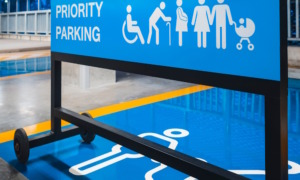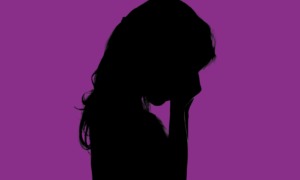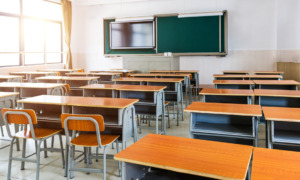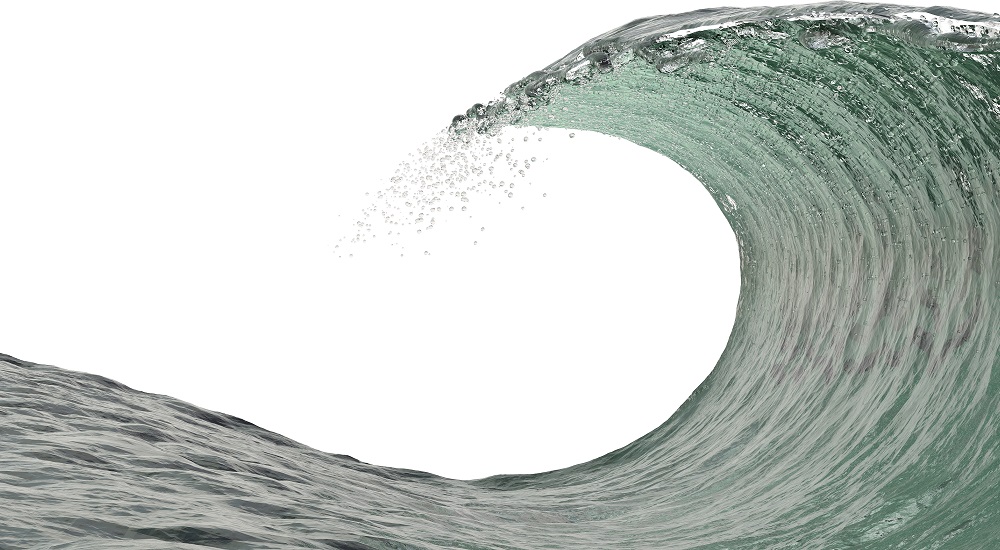 LIFETIMESTOCK/SHUTTERSTOCK
LIFETIMESTOCK/SHUTTERSTOCK
The first case of COVID-19 in the United States was reported in January, and since about April scientists and other health experts have been predicting a second wave of the virus in the fall and winter. Now, with cases spiking all over the country, many think it is here. So what does this mean for us?
If the cases get too high will we go back to being in lockdown? Most analysts have said that we should continue taking all the precautions that we have been taking — avoiding crowds, wearing a mask and washing our hands. I wanted to know how young people with disabilities feel about the prediction of this second wave.
I contacted Monék Cullen, who gave me her own predictions for the second wave of COVID-19.
Cullen is 26 and lives in San Diego. She lives with many disabilities, including postural orthostatic tachycardia syndrome, which affects blood flow; mast cell activation syndrome, which causes allergic symptoms; Ehlers Danlos syndrome, which weakens the connective tissues in the body; celiac disease; Sjogren’s Syndrome, which causes dry eyes and dry mouth; attention deficit hyperactivity disorder; generalized anxiety disorder with panic attacks; major depression; autism; idiopathic hypersomnia, which causes excessive sleepiness during the day, and asthma.

Monék Cullen
“The prediction of the second wave is inevitable,” Cullen said. “The question is more of a, ‘When will it occur,’ versus, ‘If a second wave will come.’ I also think the second wave will hit more people than the first, solely because people are taking everything less seriously because they are over the pandemic, even though the pandemic is not over.”
She uses social media to advocate and educate people about disability. “Awareness is the first step to change,” she said. She is also entering a mentorship with a disability lawyer as she finishes her last year of law school. She hopes the mentorship will help her understand how to advocate for the disabled community as a student, and then how to “manage the broken and inaccessible system as a disabled law student.”
Camila Gamino is 22 and lives in Clemson, South Carolina. “Most of my issues are undiagnosed because of my lack of health insurance and access to health care, but I have been diagnosed with postural orthostatic tachycardia syndrome, rheumatoid arthritis and depression,” she said.
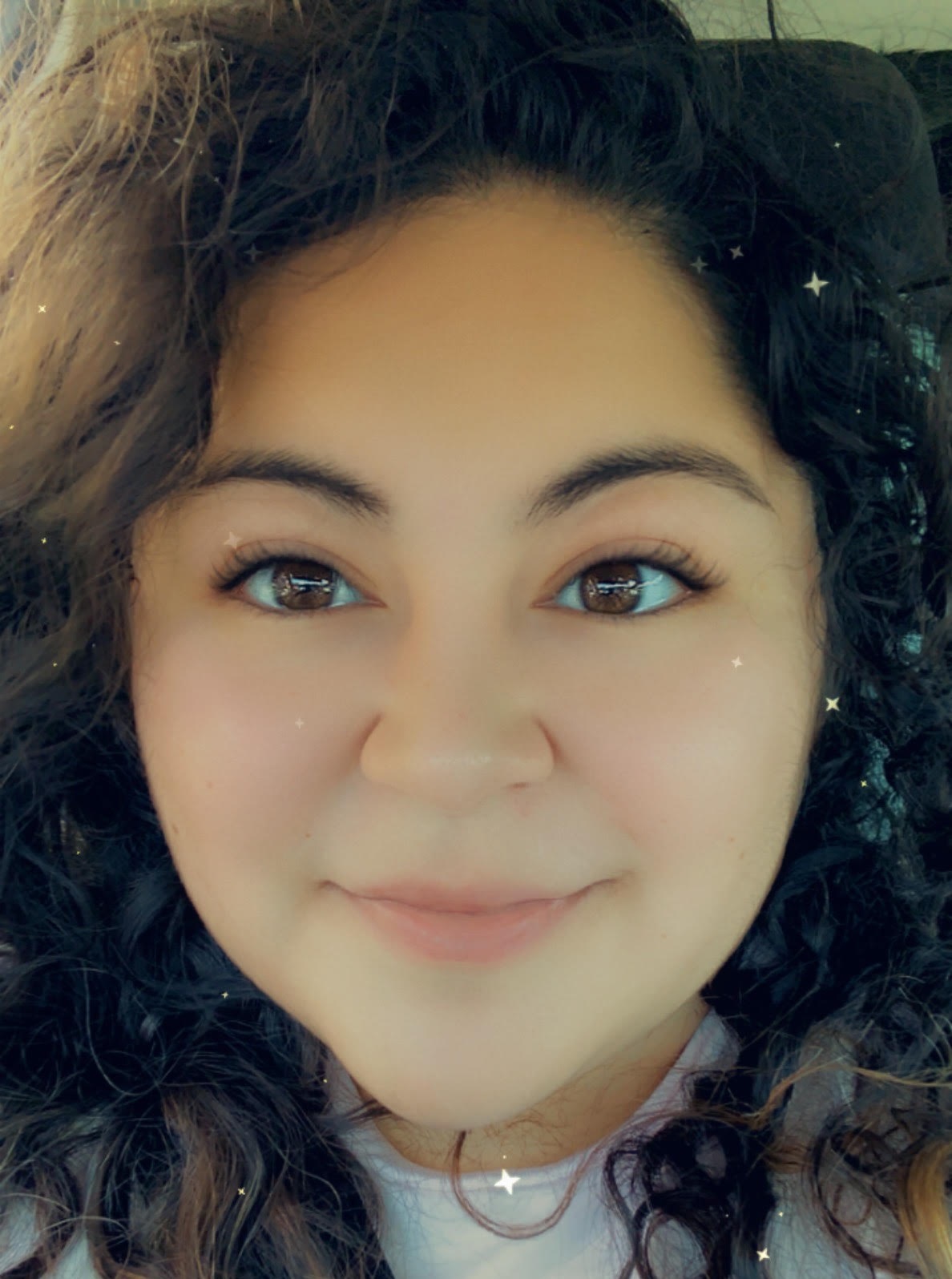
Camila Gamino
Gamino is an avid fighter for universal health care. She also stays in contact with local disability support groups for times when her chronic illnesses bring hardship to her life. Some communities have been hit harder than others by the pandemic, she said.
“I think a second wave of COVID is very real and will continue to be an issue that our government and legislators do not handle correctly under our current administration. We will continue to suffer, especially in the disabled, multiracial, poverty-stricken segment of the population,” she said.
Gamino also thinks that young people with disabilities will be feeling the effects of the virus even after the pandemic is over.
“Youth with disabilities, especially those that rely heavily on their guardians, are at an extreme disadvantage to fall under the radar and have long-lasting effects from this pandemic. It has not been an easy transition to the ‘new normal,’ and the aftereffects will continue to be seen for years to come,” she said.
Cullen said that beyond the physical effects, young people with disabilities are facing discrimination from society as well.
“The stress alone of being a vulnerable party during a time where abled-body people deem you disposable because the dangerous “survival of the fittest” eugenics rhetoric is enough to cause a flare-up (or worse) in any disabled person,” she said. “Knowing people think you’re disposable is hard enough to handle; but actually seeing people take reckless actions (like not wearing their mask properly, or at all) that actively contribute to the demise of your community (the disabled community) is something on an entirely different level. It’s hard to comprehend why we have to explain that we should all care about other people, and that our actions should reflect this too.”
From my perspective, voices from the disabled community have been amplified as this pandemic has gone on. While we watch for the second wave, young people with disabilities continue to struggle with alienation and discrimination. I hope that, as a society, we learn from our mistakes and take action to educate each other about how this group and other minorities experience crises.
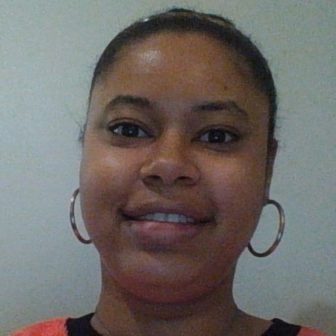
Deandra Mouzon
Deandra Mouzon is a Georgia-based journalist who received a B.A. in journalism from CUNY’s York College. Currently she is working on a publication about youth with disabilities.


